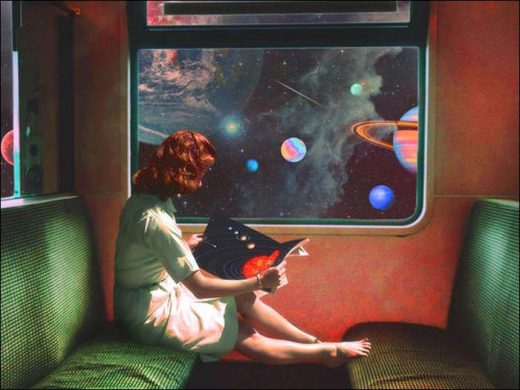Metaverse is a persistent online 3D world concept that brings together multiple virtual worlds. You can think of the metaverse as the future of the internet. Metaverse; will allow users to work, meet, play and socialize in these 3D worlds.
The metaverse isn’t fully implemented, but some platforms contain metaverse-like elements. The closest experience to the metaverse is currently offered by video games. Developers have expanded the concept of gaming by hosting in-game events and creating virtual economies.
While not essential, cryptocurrencies can be very suitable for a metaverse. Cryptocurrencies allow the creation of a digital economy with different types of utility tokens and virtual collectibles (NFTs). Metaverse can also benefit from the use of crypto wallets such as Trust Wallet and MetaMask. Also, blockchain technology can offer transparent and reliable governance systems.
Blockchain applications like the metaverse already exist and offer people incomes to make a living. Axie Infinity is a “play-to-win” game that many users play to earn more income. Second Life and Decentraland are other successful examples combining the blockchain world with virtual reality applications.
Looking to the future, big tech giants are trying to lead in this way. However, the decentralized nature of the blockchain industry allows smaller players to take part in the development of the metaverse.
How can we define the metaverse?
The connections between the financial, virtual and physical worlds have become more and more interrelated. The devices we use to run our lives allow us to access almost anything we want at the touch of a button. This includes the crypto ecosystem. NFTs, blockchain games and crypto payments are no longer just limited to crypto enthusiasts. All of these are now easily accessible within an evolving metaverse.
Metaverse is a concept of an online, 3D, virtual world that connects people in all aspects of their lives. Just as the internet can provide access to different websites with a single browser, the metauniverse will connect many platforms. The concept was developed in Neal Stephenson’s science fiction novel Parasite. But even though the metauniverse was once a fictional idea, it now seems like it could become reality in the future.
At the core of the metaverse will be an augmented reality where each user controls a character or avatar. For example, you can hold a meeting in your virtual office with an Oculus VR headset, finish your work and relax with a blockchain-based game, while staying completely immersed in the metaverse, and then manage your finances and crypto portfolio.
You can see some aspects of the metaverse in existing virtual video game worlds. Games like Second Life and Fortnite or work socializing tools like Gather.town bring multiple elements of our lives into the online worlds. These applications are similar to some extent, if not metaverse. The metaverse has not yet come to life.
Metaverse will bring together economies, digital identity, decentralized governance and other applications as well as supporting games or social media. Even today, ownership and user creation of valuables and currencies contribute to the development of a unified, single commodity universe. All these features allow blockchain to power this technology for the future.
Because of its emphasis on 3D virtual reality, video games currently offer the closest experience to the metaverse. But it’s not just because these games are 3D. Now video games offer services and features that intersect with other areas of our lives. Roblox even hosts virtual events like video games, concerts, and meetups. Players not only play the game, but also use the game for other activities and different areas of their lives within the “cyber world”. For example, 12.3 million users participated in Travis Scott’s virtual in-game music tour in the multiplayer Fortnite game.
Visits: 99



